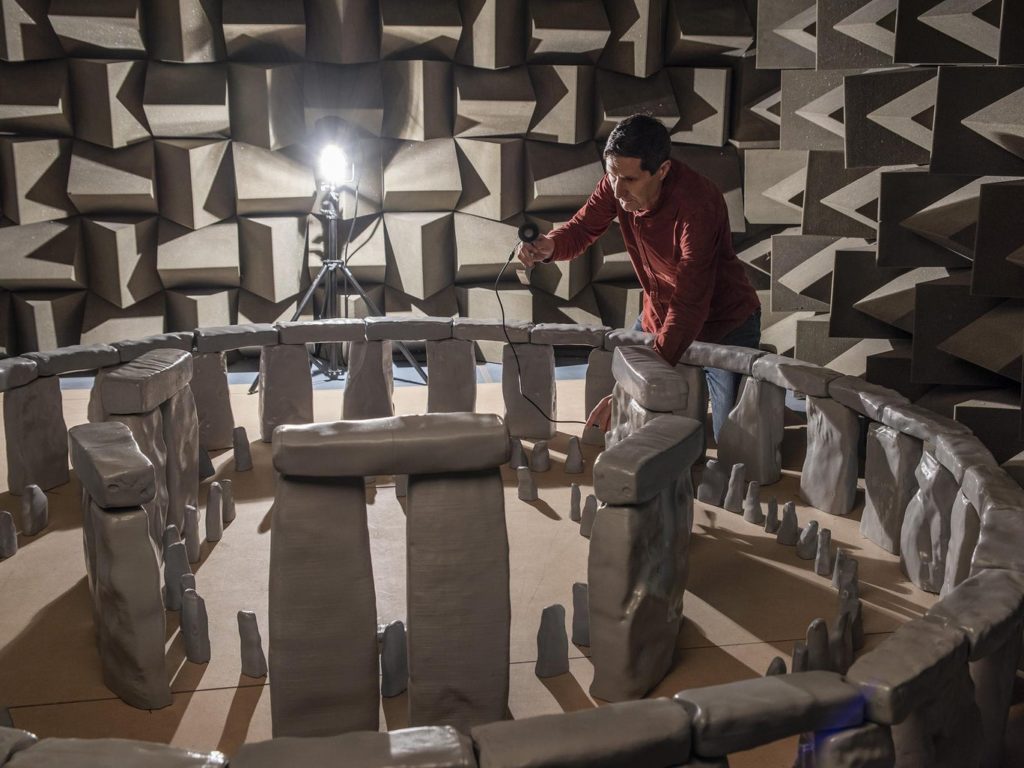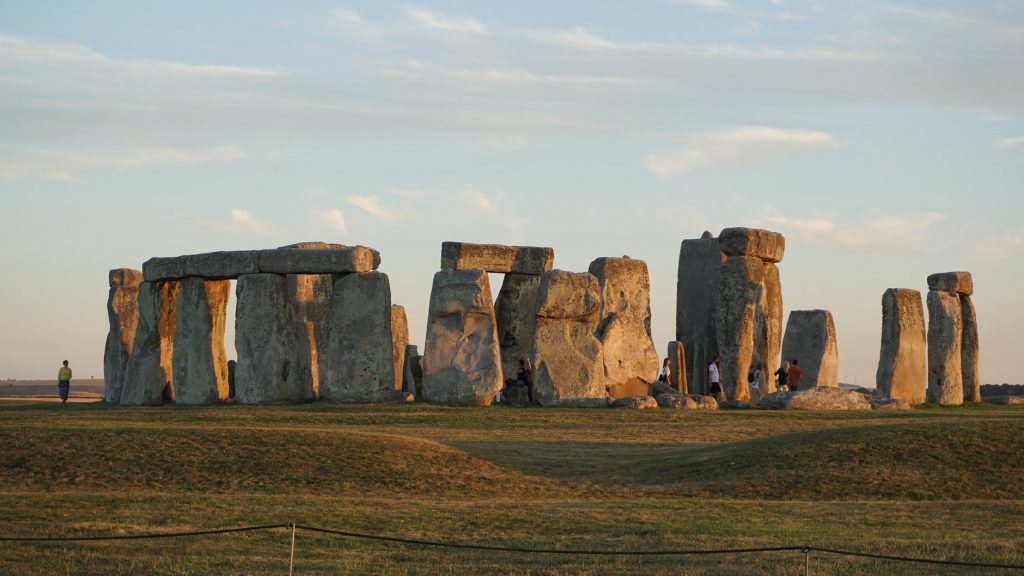Unusual acoustic features of Stonehenge discovered by the Salford researchers
Acoustics engineers from the University of Salford, Greater Manchester have recreated the soundscape of the mysterious temple of Stonehenge in its heyday, around 2200 year B.C.
It is believed that the monument was created around 2500 year B.C. and lasted in its original form until around 1600 year B.C. In their research, scientists from the university of Salford created a 1:12 scale model of what Stonehenge most probably has looked like originally to examine its acoustic properties.

The research has revealed exceptional acoustic characteristics of this ancient building. It was discovered that the giant blocks forming outer walls of the construction, around 20-40 tons each, acted as huge amplifiers. Low tones, produced for instance by such instruments as drums and lurs, created strong reverberation inside the temple. Also, sounds produced inside the circle of stones were much less audible to someone from outside of the circle. As an effect, the monument’s soundscape was more similar to a closed room’s acoustics as it was reinforcing speech, singing and chanting.

It’s not the first time scientists and academics examine the mysterious monument to get to know it’s acoustics. The research from 2014 has shown that some of the rocks used in the construction emit surprisingly low sounds upon impact.
Full article can be found here: https://www.sciencedirect.com/science/article/pii/S0305440320301394
